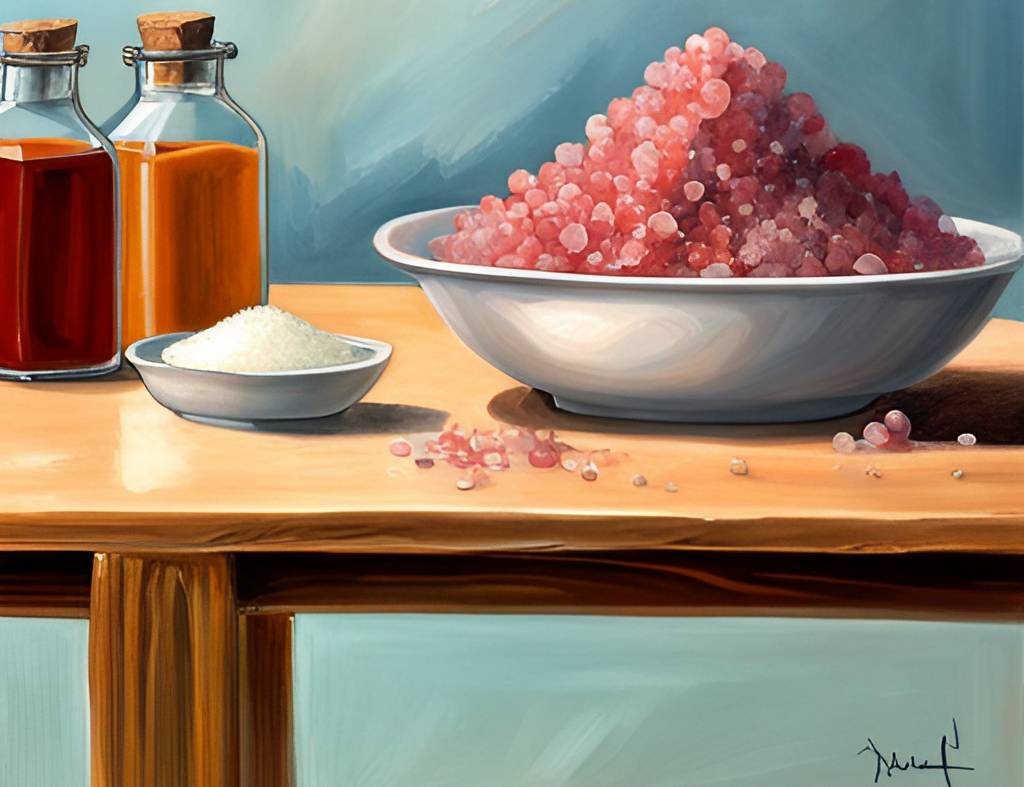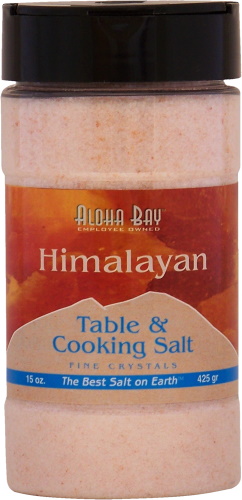Celtic Salt and the Hidden Dangers of Microplastics
You might be surprised to know that the sprinkle of Celtic sea salt on your favorite dish could be a source of harmful microplastics. Recent studies, including one highlighted by Dr. Mercola (Ninety percent of sea salt contains plastic), have found that an alarming 90% of sea salt brands contain microplastics.
The pristine image associated with sea salt, including variants like Celtic salt, is under scrutiny as research reveals the pervasiveness of plastic contamination. Microplastics are tiny fragments of plastic, less than 5mm in size, often invisible to the naked eye. Their small size allows them to evade water filtration systems, accumulating in our oceans and seas, eventually ending up in the sea salt we consume.
The Health Implications of Consuming Microplastics
What does this mean for your health? The implications are still being researched, but early evidence suggests it’s not good. Ingesting microplastics can introduce harmful substances like phthalates and BPA into your body, which are known endocrine disruptors. Additionally, they can accumulate in your body over time, potentially causing a range of health issues including inflammation and cellular damage.
Phthalates and Bisphenol A (BPA) are chemicals commonly found in many everyday consumer products. They are known endocrine disruptors, meaning that they interfere with the normal functioning of hormones in an individual’s body. Hormones are pivotal in regulating a myriad of physiological processes, from reproduction to metabolism, mood, and growth. Interference in these hormonal functions can lead to severe health complications.
In adolescents, exposure to endocrine disruptors can have lasting impacts. During this critical growth phase, hormonal balance is essential for proper development and maturity. Disruptions caused by chemicals like phthalates and BPA can lead to early onset of puberty, impeded growth, and cognitive issues. In adults, these endocrine disruptors can cause fertility problems, increase the risk of certain cancers, and lead to metabolic diseases such as diabetes and obesity.
The importance of hormonal balance for good health cannot be overstated. Hormones act as the body’s chemical messengers, helping different organs to communicate and function in harmony. A stable hormonal balance ensures optimum metabolism, body temperature, heart rate, reproductive system, and even mood regulation. Any disruption in this equilibrium can pave the way for a host of health problems.
Tips about plastic:
- The consumption of plastic, particularly in the form of microplastics present in sea salt, introduces harmful substances like phthalates and BPA into the human body.
- These substances are known endocrine disruptors, which interfere with the body’s hormonal functions, leading to a range of potential health issues.
- Risks include early onset of puberty, impaired growth, and cognitive issues in adolescents, and fertility issues, increased risk of certain cancers, and metabolic diseases in adults.
- Maintaining hormonal balance is vital for overall health, emphasizing the need for caution and awareness about the products we consume.
The Many Benefits of Celtic Salt
Despite the concerning presence of microplastics, it’s important to remember that Celtic salt still has much to offer:
- It helps maintain the electrolyte balance in your body
- It supports the overall functioning of the nervous system
- It aids in the absorption of nutrients
- It boosts the immune system
A Safe Alternative: Himalayan Salt
If the thought of consuming microplastics is unsettling, you’re not alone. Fortunately, there’s a safe and equally beneficial alternative: Himalayan salt. Unlike sea salt, Himalayan salt is mined from ancient sea beds in the Himalayas, which have been protected from modern-day pollution, ensuring they are free from plastic contaminants.
The Healthful Qualities of Himalayan Salt
Himalayan salt is more than just a safe alternative. It has a unique mineral profile that includes:
- Over 84 trace minerals, including calcium, magnesium, and potassium
- An impressive 30% potassium content, a critical nutrient for maintaining heart health, aiding in muscle contraction and helping regulate body fluids
- An ability to help regulate water content throughout your body and promote good vascular health
Choose Himalayan Salt: An Appeal for Health and Safety
In light of the alarming presence of microplastics in sea salt, it’s time to rethink our choices. With its wealth of minerals and absence of pollutants, Himalayan salt emerges as an ideal alternative. It’s a simple switch that can make a big difference to your health. So, the next time you reach for the salt, make sure it’s Himalayan. Together, let’s make a choice for health, sustainability, and a plastic-free future.



Leave a Reply